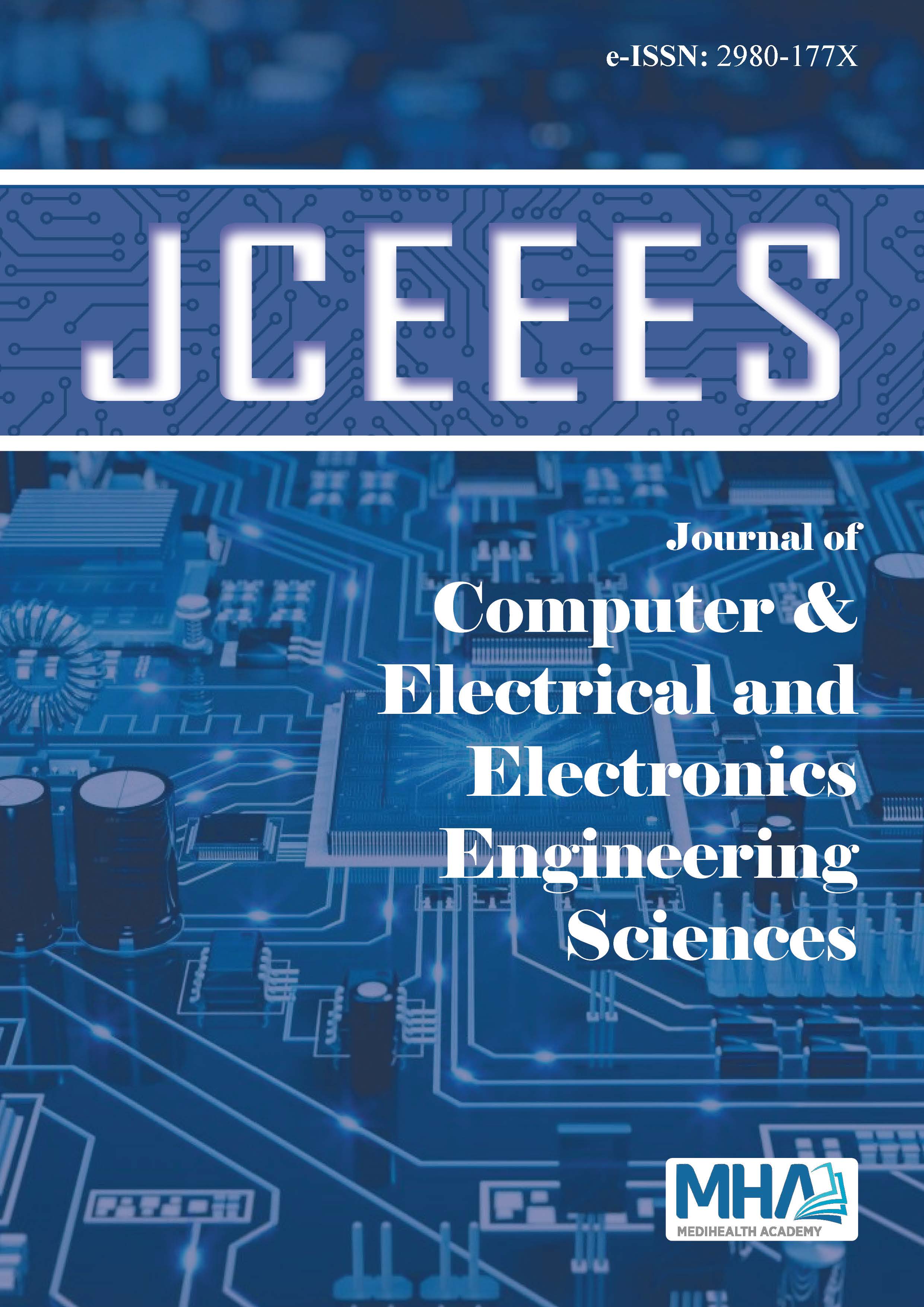1. Alam, S., Hasan, M. K., Neaz, S., Hussain, N., Hossain, M. F., &Rahman, T. (2021). Diabetes mellitus: insights from epidemiology,biochemistry, risk factors, diagnosis, complications and comprehensivemanagement.Diabetology,2(2), 36-50.
2. Al-Haija, Q. A., Smadi, M., & Al-Bataineh, O. M. (2021). Early stagediabetes risk prediction via machine learning. InInternationalConference on Soft Computing and Pattern Recognition(pp. 451-461).Cham: Springer International Publishing.
3. Aziz, N., Akhir, E. A. P., Aziz, I. A., Jaafar, J., Hasan, M. H., & Abas, A. N. C.(2020, October). A study on gradient boosting algorithms for developmentof AI monitoring and prediction systems. In2020 International Conferenceon Computational Intelligence (ICCI)(pp. 11-16). IEEE.
4. Balaji, R., Duraisamy, R., & Kumar, M. P. (2019). Complications ofdiabetes mellitus: A review.Drug Invention Today,12(1), 98.
5. Bhat, S. S., Banu, M., Ansari, G. A., & Selvam, V. (2023). A riskassessment and prediction framework for diabetes mellitus usingmachine learning algorithms.Healthcare Analytics, 4, 100273.
6. Breiman, L. (2001). Random Forests, Machine Learning, 45(1), 5-32.
7. Chaki, J., Ganesh, S. T., Cidham, S. K., & Theertan, S. A. (2022).Machine learning and artificial intelligence-based diabetes mellitusdetection and self-management: a systematic review. J King SaudUniversity-Computer Informat Sci, 34(6), 3204-3225.
8. Dutta, A., Hasan, M. K., Ahmad, M., et al. (2022). Early prediction ofdiabetes using an ensemble of machine learning models.Int J EnvironRes Public Health. 19(19), 12378.
9. García, S., Ramírez-Gallego, S., Luengo, J., Benítez, J. M., & Herrera,F. (2016). Big data preprocessing: methods and prospects.Big DataAnalytics,1(1), 9.
10. Gündoğdu, S. (2023). Efficient prediction of early-stage diabetes usingXGBoost classifier with random forest feature selection technique.Multimed Tools Appl. 82(22), 34163-34181.
11. Islam, M. M., Ferdousi, R., Rahman, S., & Bushra, H. Y. (2020).Likelihood prediction of diabetes at early stage using data miningtechniques. InComputer vision and machine intelligence in medicalimage analysis(pp. 113-125). Springer, Singapore.
12. Laila U.E., Mahboob K, Khan AW, Khan F, & Taekeun W. (2022). AnEnsemble approach to predict early-stage diabetes risk using machinelearning: an empirical study.Sensors, 22(14), 5247.
13. Mienye, I. D., & Sun, Y. (2022). A survey of ensemble learning: concepts,algorithms, applications, and prospects. IEEE Access, 10, 99129-99149.
14. Ong, K. L., Stafford, L. K., McLaughlin, et al. (2023). Global, regional,and national burden of diabetes from 1990 to 2021, with projectionsof prevalence to 2050: a systematic analysis for the Global Burden ofDisease Study 2021.Lancet,402(10397), 203-234.
15. Pawar, S. D., Thakur, P., Radhe, B. K., Jadhav, H., Behere, V., & Pagar,V. (2017). The accuracy of polyuria, polydipsia, polyphagia, and IndianDiabetes Risk Score in adults screened for diabetes mellitus type II.MedJ Dr. DY Patil Univ,10(3), 263-267.
16. Pedregosa, F., Varoquaux, G., Gramfort, A., et al. (2011). Scikit-learn:machine learning in Python.J Machine Learning Res,12, 2825-2830.
17. Rahman, M. A., Abdulrazak, L. F., Ali, M. M., Mahmud, I., Ahmed, K.,& Bui, F. M. (2023). Machine learning-based approach for predictingdiabetes employing socio-demographic characteristics.Algorithms,16(11), 503.
18. Ruta, D., & Gabrys, B. (2005). Classifier selection for majorityvoting.Informat Fusion,6(1), 63-81.
19. Sekowski, K., Grudziaz-Sekowska, J., Pinkas, J., & Jankowski, M.(2022). Public knowledge and awareness of diabetes mellitus, its riskfactors, complications, and prevention methods among adults inPoland-A 2022 nationwide cross-sectional survey. Front Public Health.10, 1029358.
20. Sen, O., Bozkurt, K. S, & Keskin, K. (2023). Early-stage diabetesprediction using decision tree-based ensemble learning model. Int AdvRes Engineering J, 7(1), 62-71.
21. Sevinc, E. (2022). An empowered AdaBoost algorithm implementation:a COVID-19 dataset study. Comput Industrial Eng. 165, 107912.

